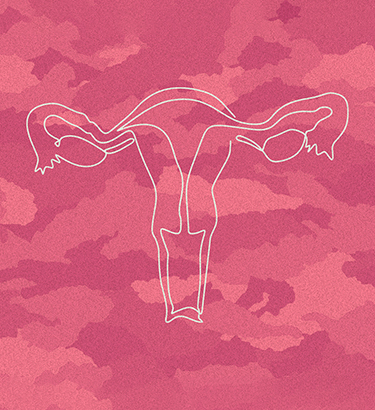Fertility concerns are tough to face no matter what your profession or position in life. But infertility for people in the military may bring many additional complexities to consider.
This is the first of two articles delving into infertility challenges in the U.S. military. Due to myriad factors to discuss, we decided to look at infertility separately for men and women in the military. This first part focuses on infertility among servicewomen.
Before you join the military, it's unlikely that fertility or your plans to have a family factor into your decision to serve. But it's an important topic to consider.
"Military families work and live under a unique set of circumstances that create unique challenges to becoming parents, and with appropriate clinical support, these obstacles can be overcome," explained Roger Shedlin, M.D., J.D., president and CEO of WINFertility, a family-building solutions company headquartered in Greenwich, Connecticut.
Research indicates that military women face three key factors that can cause infertility due to active service:
- Use of psychiatric medications for post-traumatic stress disorder (PTSD)
- Exposure to toxins
- A higher-than-average rate of reported sexual trauma
These three elements don't take into account time away on deployments, physical trauma, the physiological stress of specific roles and difficulty accessing fertility services. Higher levels of tobacco and alcohol use have also been highlighted as contributing factors impacting the fertility of servicewomen.
It's a complex set of circumstances to analyze.











